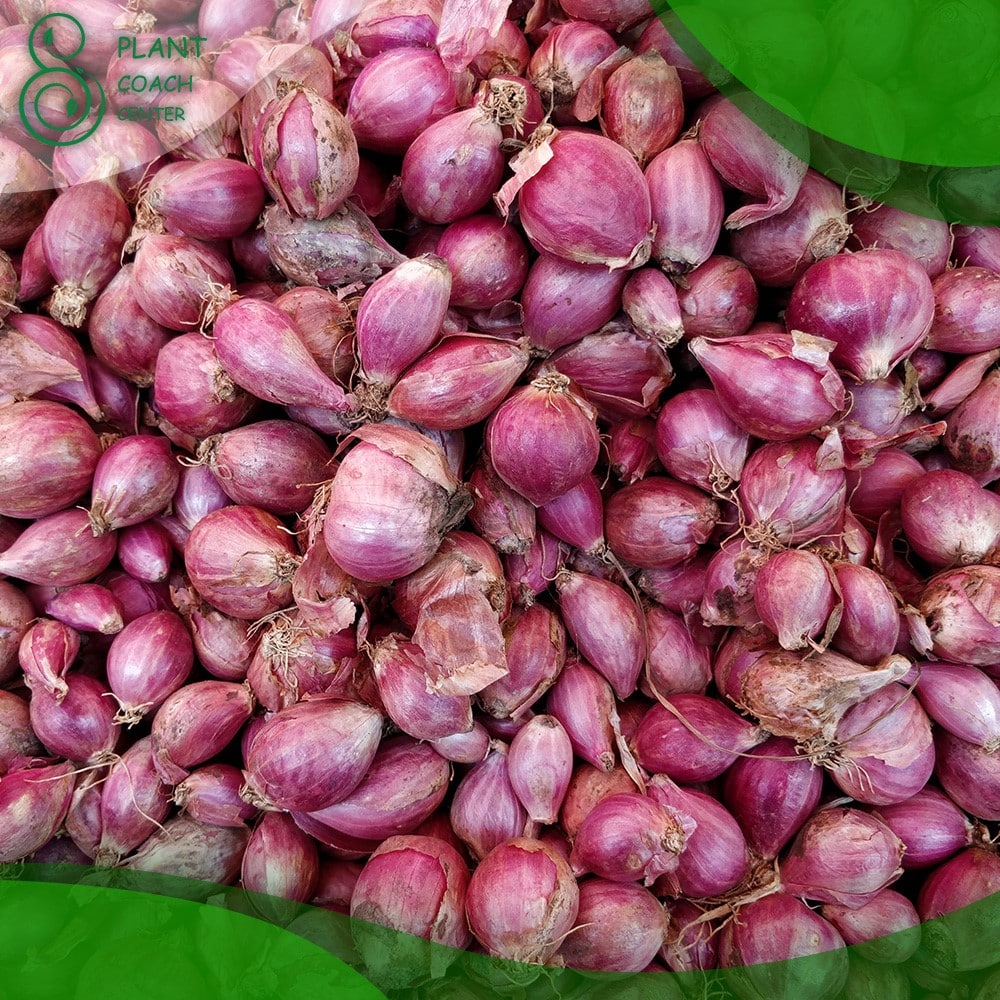When Do You Harvest Shallots?
Welcome to the captivating world of shallot harvesting! As avid gardeners and culinary enthusiasts, we uncover the secrets behind the perfect moment to pluck these flavorful gems from the earth. With their mild yet rich taste, shallots add a unique dimension to a myriad of dishes, tantalizing taste buds with every bite.
While cultivating shallots can be a rewarding experience, the key to unlocking their full potential lies in understanding the optimal time to harvest them. This article aims to guide you through the intricate process of determining when and how to harvest shallots, ensuring that you savor the most entire flavors and aromatic profiles they offer.
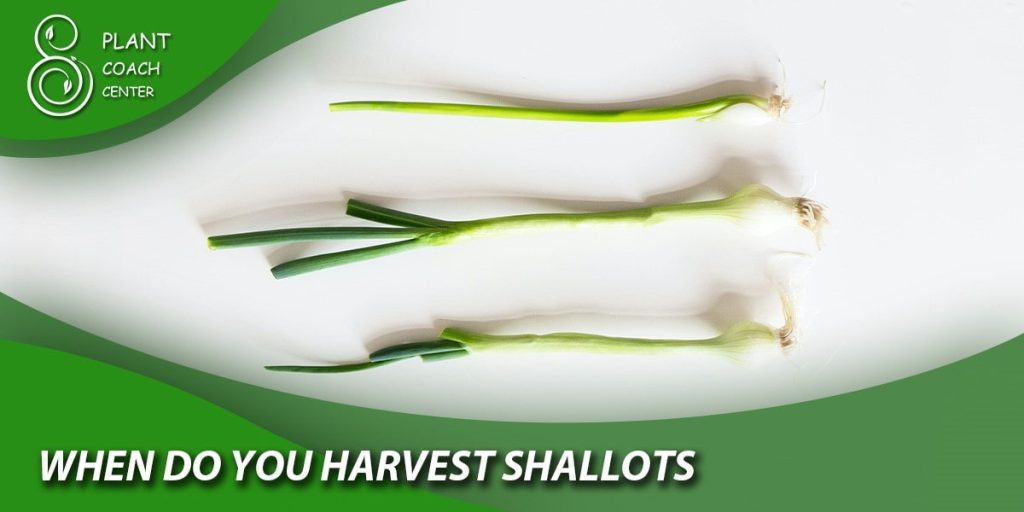
From decoding nature’s subtle hints to expert tips on maximizing taste and storage, this comprehensive guide will empower you to become a seasoned shallot harvester, reaping the rewards of your labor in the kitchen and the garden. So, let’s delve into the fascinating world of shallot cultivation, where timing is everything!
The Shallot Saga: Understanding the Perfect Harvest Time
In the enchanting realm of shallot cultivation, one of the most critical aspects to master is identifying the perfect moment for harvest. This stage in the shallot’s life cycle determines the depth of its flavor, storability, and overall culinary potential. To embark on this captivating journey, let’s explore the factors that influence the ideal harvest time for shallots.
Growth Stage and Bulb Size
Monitoring the growth of your shallot plants is essential in determining the right harvest time. Shallots undergo various growth stages, from sprouting tender green shoots to forming small bulbs and eventually maturing into full-sized ones. The optimum period to harvest is when the bulbs have reached a desirable size, usually ranging from 1 to 2 inches in diameter. They will have developed their distinctive flavor profile at this point while still ensuring a tender and juicy texture.
Foliage Yellowing and Drying
Observe the foliage of your shallot plants as they progress through their growth cycle. As harvest time approaches, the once vibrant green leaves become yellow and wither. This natural process indicates that the plant diverts energy from growth to bulb development. When approximately 50-60% of the foliage has turned yellow and dried, it’s a clear signal that the shallots are nearing their peak maturity.
The “Pinch” Test
A hands-on approach can also be employed to gauge the readiness of your shallots for harvesting. Gently pinch a few leaves near the base of the plant, and if they easily detach from the bulb, it’s a positive indication that the shallots are ready to be harvested. However, if the leaves are firmly attached, give the shallots a few more days to mature before attempting the pinch test.
Weather Conditions
Mother Nature’s influence on shallot harvesting should not be underestimated. If the weather in your region is consistently wet, it may be prudent to harvest a bit earlier to prevent rotting or fungal issues. On the other hand, if the weather has been relatively dry, you can afford to leave the shallots in the ground a little longer to allow for additional growth and flavor development.
Curing and Post-Harvesting
Once you’ve determined that the shallots are ready for harvest, carefully lift them from the soil using a garden fork or spade. Be gentle to avoid bruising or damaging the bulbs. After harvesting, allow the shallots to cure by laying them in a single layer in a dry, well-ventilated area. Curing promotes better storage life and enhances the flavor of the shallots.
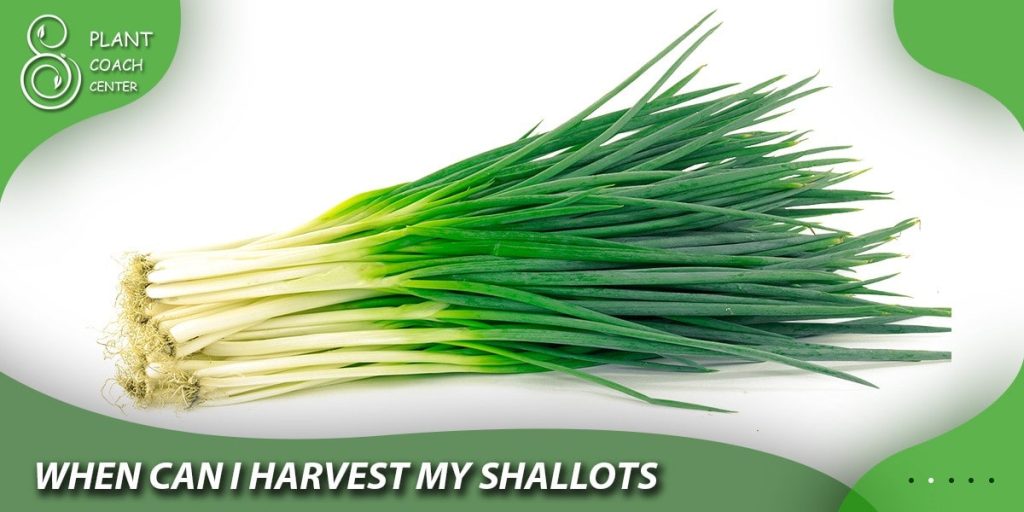
Timing is Everything: Unveiling the Art of Shallot Harvesting
In the intricate world of shallot cultivation, mastering the art of harvesting at precisely the right time is the key to unlocking the full potential of these delectable alliums. As gardening enthusiasts and culinary connoisseurs alike can attest, the flavor and storability of shallots largely depend on the timing of their harvest. Let’s delve into the delicate nuances of this art and discover how to achieve the perfect crop.
Early Harvest: The Temptation of Youth
As the shallot plants begin to form small bulbs, the temptation to harvest them prematurely can be substantial. While early harvest might be enticing due to curiosity or impatience, it often leads to underdeveloped flavors and smaller bulb sizes. However, in certain situations, an early harvest is acceptable, such as when young, tender green shallots are desired for fresh culinary applications, much like scallions or green onions.
The Waiting Game: Timing for Peak Flavor
To savor the full spectrum of shallot flavors, exercising patience is essential. As the shallot bulbs grow and mature, their taste deepens and intensifies. Waiting until the bulbs have reached approximately 1 to 2 inches in diameter allows them to develop their characteristic sweet, mild, and savory notes. This careful observation and restraint ensure that your shallots boast a delightful complexity that elevates various dishes.
Monitoring the Foliage: Nature’s Clues
The leaves of the shallot plant serve as reliable indicators of when the bulbs are nearing their peak. As the growing season progresses, the once vibrant green foliage starts to yellow and wither. This natural process indicates the plant’s energy is directed toward bulb formation. When about 50-60% of the foliage has turned yellow and dried, it’s a signal that the shallots are approaching their prime harvest time.
Considering Climate and Soil Conditions
Environmental factors play a significant role in determining the ideal time for shallot harvesting. The bulbs tend to mature more evenly in regions with mild climates and well-draining soil. Conversely, the risk of rotting or disease may necessitate earlier harvesting in colder or wetter climates. Additionally, soil quality and proper irrigation practices contribute to healthier bulb development, ultimately affecting the harvest timeline.
Harvesting Techniques: Gentle and Precise
When the magical moment arrives, it’s crucial to harvest the shallots with care and precision. Using a garden fork or spade, gently loosen the soil around the bulbs to avoid damaging them. Lift the shallots from the ground carefully, careful not to bruise or nick the bulbs. This gentle approach preserves the quality of the harvest and ensures a satisfying end result.
Cracking the Code: Reading Nature’s Clues for Shallot Harvest
In the enchanting dance between nature and the gardener, mastering the natural world’s subtle cues can lead to a bountiful and flavorsome shallot harvest. While it may seem like an enigmatic endeavor, Mother Nature provides many clues to decipher the perfect moment for harvesting shallots. Let’s delve into the art of reading nature’s signs and uncover the secrets to a successful shallot harvest.
Observing Growth Stages: From Shoots to Bulbs
The journey of a shallot plant from a tiny seed to a mature bulb is a captivating transformation. As a gardener, observing and understanding the different growth stages is essential in determining when to harvest. Shallots initially emerge as tender green shoots, which gradually progress to form small bulbs. Patience is vital during this stage, as early harvesting may lead to underdeveloped shallots with subdued flavors.
Leaf Signals: Foliage Yellowing and Withering
One of the most telling signs that shallots are approaching their harvest time is when the plant’s foliage undergoes a remarkable transformation. The once lush green leaves become yellow and wither as the bulbs mature. This natural process indicates that the plant is channeling its energy into bulb development. When a significant portion of the foliage, usually around 50-60%, has turned yellow and dried, it is a definitive indication that the shallots are nearing their peak.
Bulb Size Matters: Gauge the Harvest Window
Size matters regarding shallot bulbs; understanding the desired dimensions is essential for a successful harvest. The optimal bulb size for harvesting is typically between 1 to 2 inches in diameter. Waiting until the shallots reach this size ensures that they have had sufficient time to develop their characteristic flavor profile while still maintaining a tender and juicy texture.
Sensing Soil and Weather Conditions
Nature’s clues are not solely confined to the shallot plants; soil and weather conditions also play a significant role. Shallots tend to mature more evenly in regions with mild climates and well-draining soil, providing a more predictable harvest window.
On the other hand, colder or wetter climates can pose challenges, potentially necessitating an earlier harvest to prevent rot or disease. Paying attention to soil quality and irrigation practices can also influence shallot bulbs’ overall health and development.
The “Pinch” Test: A Hands-On Approach
As you become attuned to nature’s cues, don’t hesitate to engage in a hands-on approach to assess your shallots’ readiness for harvest. The “pinch” test involves gently grasping a few leaves near the base of the plant and attempting to detach them from the bulb. The shallots are ready to be harvested if the leaves come off quickly. If the leaves are firmly attached, it’s a signal to allow the bulbs more time to mature.
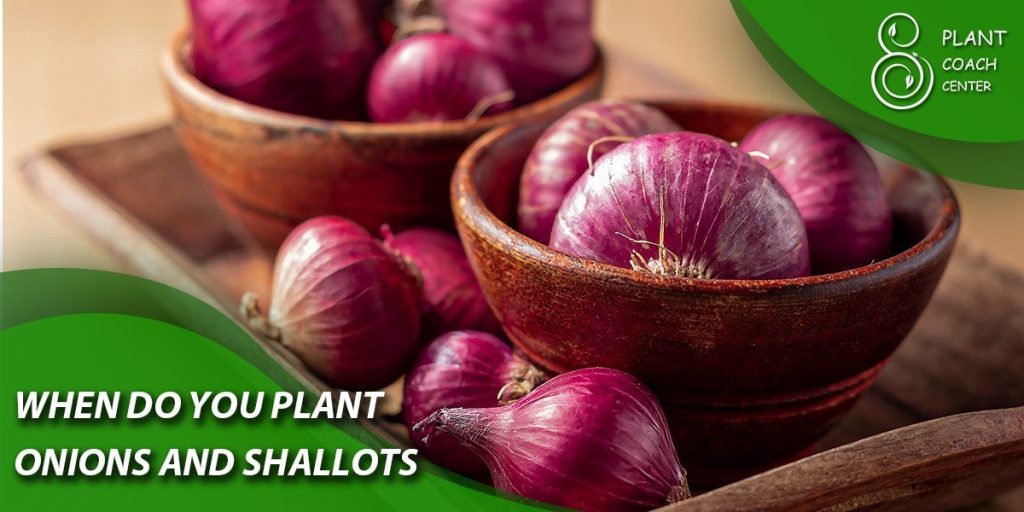
From Garden to Plate: Harvesting Shallots for Culinary Excellence
The journey of shallots from the bountiful garden to the exquisite plate is a gastronomic adventure like no other. As a gardener and culinary enthusiast, the art of harvesting shallots with finesse plays a vital role in elevating the flavors and textures of your culinary creations. Let’s delve into the magical transformation of shallots from the earth to your plate, unlocking the secrets to achieving culinary excellence.
Embrace the Perfect Harvest Time
The first step in the quest for culinary brilliance is mastering the art of timing. As discussed in previous sections, the perfect moment to harvest shallots is when they have achieved the desired bulb size, usually 1 to 2 inches in diameter. The shallots have developed their signature flavor profile at this stage, combining a sweet and mild taste with savory undertones. Harvesting at the right time ensures that the shallots impart the finest taste and texture to your dishes.
Preserve Flavor and Freshness through Gentle Handling
After the momentous harvest, the delicate shallot bulbs must be handled carefully to preserve their exceptional flavors and freshness. Using a garden fork or spade, gently loosen the soil around the bulbs, avoiding any bruising or damage. Handle them tenderly as you lift them from the ground, ensuring that the shallots remain pristine on their journey to the kitchen.
Curing: The Art of Flavor Development
Upon harvest, the shallots’ culinary journey does not end; it merely enters a new phase. Curing, the process of allowing the bulbs to dry out in a well-ventilated and dry area is a vital step in enhancing flavor and extending storage life. By permitting the shallots to cure for a few weeks, the pungency mellows, and the sweetness intensifies, culminating in a complex and delightful flavor profile.
Storing for Culinary Delights
Once cured, the shallots are ready for storage, ensuring they are readily available for your culinary endeavors. Place the cured shallots in an excellent, dry, dark space, ideally in mesh bags or baskets to promote air circulation. Proper storage ensures the shallots maintain their exceptional flavor and texture, serving as a reliable culinary companion for months.
Culinary Magic: Incorporating Shallots into Your Dishes
The true essence of harvesting shallots lies in their enchanting transformation from garden gems to culinary wonders. Their versatility is unmatched, capable of elevating a wide array of dishes. From sautéing shallots to impart a rich, aromatic base to sauces and soups to caramelizing them to add a delightful sweetness, these allium wonders lend their magic to savory and sweet creations. Whether whipping up a gourmet feast or simply enhancing everyday dishes, shallots are an essential ingredient for culinary excellence.
The Dance of Seasons: Aligning Your Harvest with Nature’s Rhythm
In the enchanting symphony of nature’s rhythm, the dance of seasons influences every aspect of the agricultural world, including the art of shallot harvesting. As a gardener, understanding and aligning with the ebbs and flows of the seasons is critical to reaping a bountiful and successful shallot harvest. Let’s explore the significance of each season in the journey of shallots from planting to harvest and how you can embrace nature’s cues to achieve a harmonious and rewarding cultivation experience.
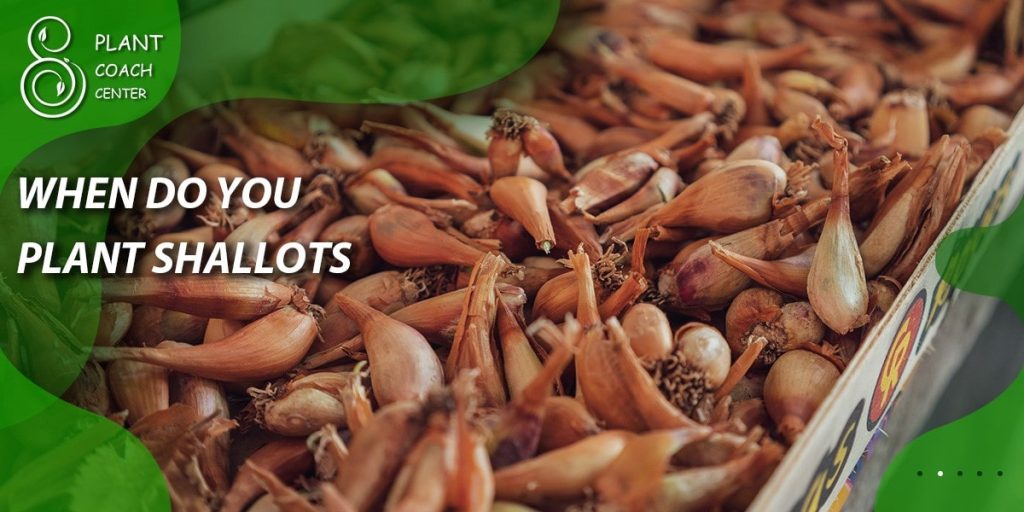
Spring: Planting the Seeds of Promise
The dance of seasons begins with spring, a time of renewal and growth. As the winter chill subsides, it’s the perfect season to plant shallot bulbs. During early spring, the soil is gradually warming, providing an ideal environment for the shallot bulbs to establish their roots. Plant them in well-draining soil, and as the days grow longer, watch with anticipation as tender green shoots emerge from the earth, heralding the promise of a bountiful harvest.
Summer: Nurturing Growth and Development
With the arrival of summer, the dance of seasons intensifies, and the focus shifts to nurturing the growing shallot plants. These warm months provide ample sunshine and moisture, enabling the shallots to flourish.
Regular watering, mulching, and the occasional fertilizer application ensure the shallots receive the nutrients they need to thrive. As the summer days stretch, observe the shallots’ progression as they develop from delicate green shoots to tiny bulbs, a testament to the harmony of nature’s rhythm.
Autumn: Preparing for the Harvest
As the days begin to shorten, the dance of seasons enters its twilight phase with the advent of autumn. The once vibrant green foliage of the shallots gradually transforms into hues of yellow and gold, signifying the nearing end of their growth cycle. As the shallot bulbs mature underground, the foliage above prepares for dormancy. This transition period is a poignant reminder that the harvest season is drawing near, urging gardeners to prepare for the imminent culmination of their labor.
Winter: Time for Harvest and Reflection
As winter’s chill settles in, the time has come to complete the dance of seasons with the much-anticipated shallot harvest. The once-tender green shoots have transformed into plump, flavorful bulbs ready to grace your culinary creations.
With gentle care, harvest the shallots from the earth, cherishing the fruits of your labor. The dormant season ahead provides an opportunity for reflection, to assess the successes and learnings of the past harvest, and to plan for the dance of seasons to come.
The Eternal Cycle: Saving Seeds and Starting Anew
As the year comes full circle, the dance of seasons recommences, and the cycle begins anew. In preparation for the next planting season, save the most significant and healthiest shallot bulbs as seed stock. Store them in a cool, dry place until spring, when the dance of seasons calls upon you once more to sow the seeds of promise and embark on another year of cultivating shallots.
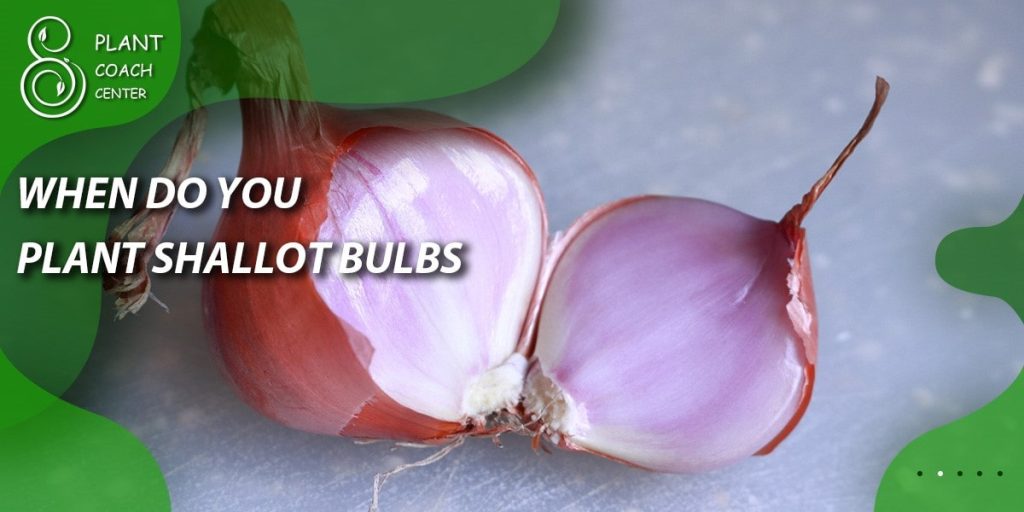
Conclusion
In conclusion, mastering the art of shallot harvesting involves a delicate balance of timing, handling, curing, and storage. By incorporating these expert tips and tricks into your shallot harvest, you can elevate the flavor of your dishes and ensure a lasting supply of these delectable alliums.
The dance of cultivation and culinary excellence intertwines as you savor the fruits of your labor, creating culinary delights that celebrate the essence of nature’s bounty in each and every bite. So, embrace the expertise of shallot harvesting, and let the flavors of your garden’s bounty shine bright in your kitchen endeavors.
How do I know when shallots are ready for harvest?
Shallots are ready for harvest when the foliage turns yellow and dries, and the bulbs reach 1 to 2 inches in diameter.
Can I harvest shallots early for green shoots?
Yes, if you desire tender green shoots, you can harvest shallots early, similar to scallions or green onions.
How long can I store harvested shallots?
Properly cured and stored shallots can last several months in a cool, dry, and dark place.


